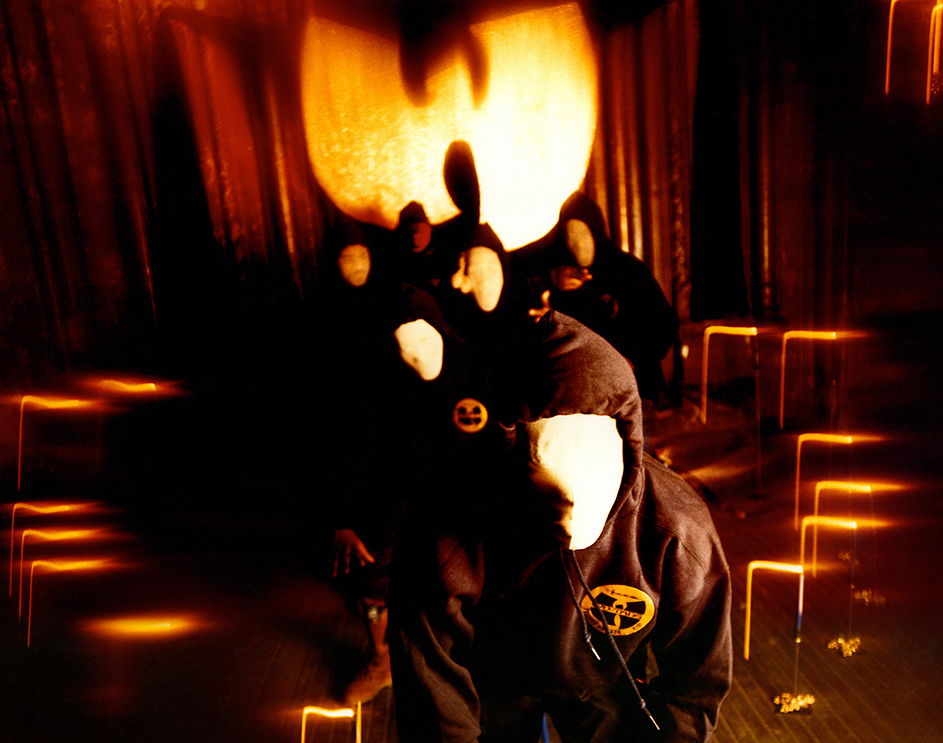The cover of the Wu-Tang Clan’s debut LP Enter the Wu-Tang (36 Chambers) is one of the most recognizable images in hip-hop. For many, it was the first visual introduction to one of the culture’s most influential groups. And it almost didn’t happen.
“Two of them didn’t show up, and The RZA was about to cancel,” says Danny Hastings, the photographer assigned to shoot the cover for the group’s debut studio album. Thinking quickly on his feet, he recalled the first time he’d seen the Clan perform, at a showcase during the 1993 Jack The Rapper conference in Atlanta. Clad in hoodies and masks, they bumrushed the stage during another group’s set, tossing the MCs and DJ aside as they chanted “Wu-Tang Clan Ain’t Nuthing ta Fuck Wit.” When the music dropped, Hastings says “the place went bananas.” At once slightly terrifying, a little disrespectful, and wholly electrifying, the performance embodied the Clan’s raw grit and lawlessness — the perfect note on which to introduce them to the world, visually.
Once he got the OK from The RZA, the Clan suited up, and in a moment, Hastings captured the unruly band of snot-nosed MCs in their most distilled form: rugged twentysomethings ready to rewrite the rules of the game.
Now pushing 50, and with a celebrated run of classic album covers, including Raekwon’s Only Built 4 Cuban Linx…, Nas’ I Am…, Big Pun’s Capital Punishment, and KRS-One’s Return of the Boom Bap in his rearview, Hastings is exhibiting the work from his own golden era at Art Share in Los Angeles starting September 9.
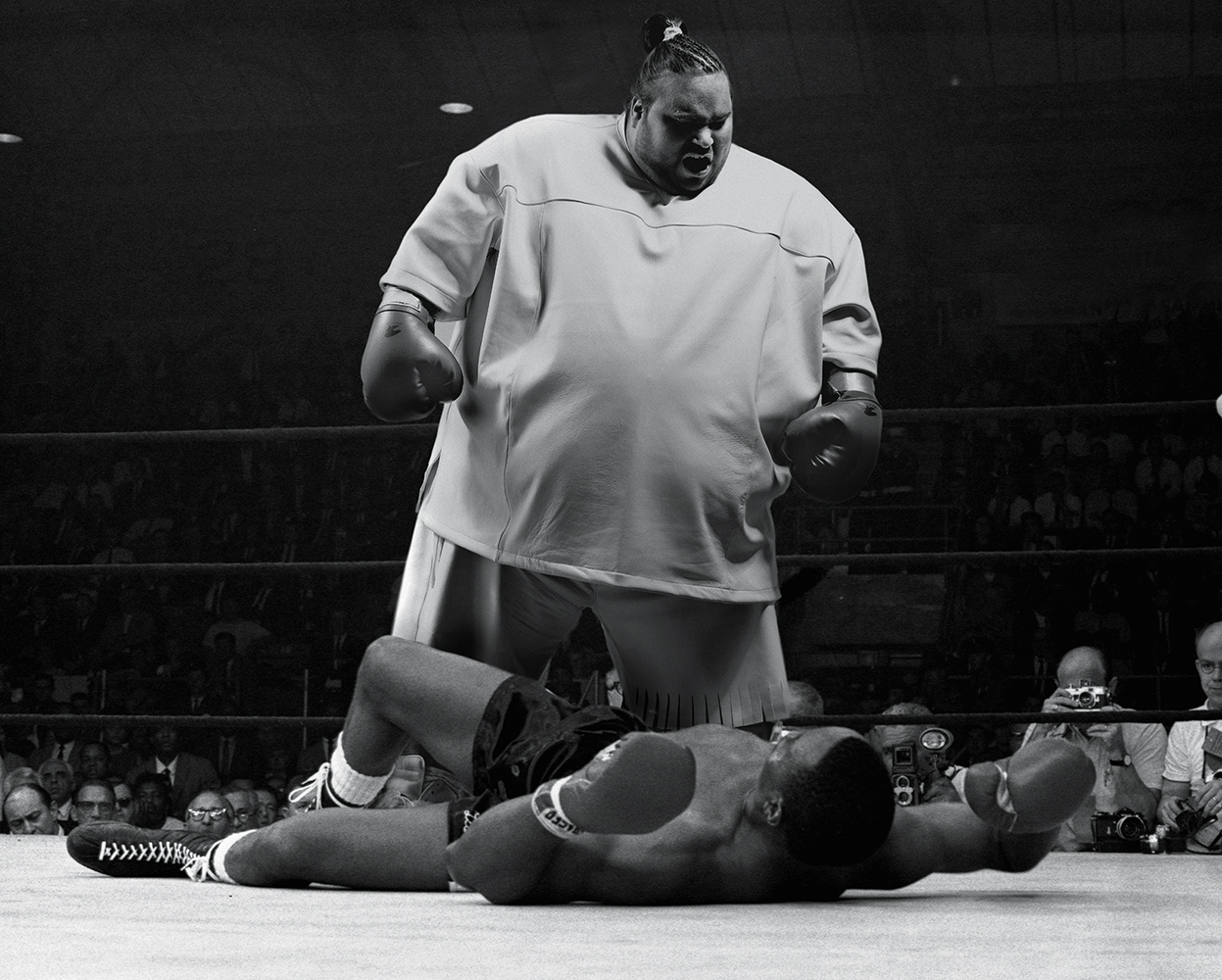
As part of an exhibition called “Ruff, Rugged & Raw,” he’ll showcase his work with fellow photographers B+ and Xiouping, two artists who shared Hastings’ role as keepers of the culture, documenting some of hip-hop’s most influential artists. Hastings’ story, in particular, is both unique and generic, the culmination of an immigrant’s dream achieved through a singular artistic vision. The legacy he’ll leave is distinguished, but like many others, his story had humble beginnings.
Hastings was born in Sacramento, California to Panamanian and Mexican parents, but left the U.S. at age 1 for Panama. His parents expect him to become a doctor, engineer, or architect. But he caught the photo bug early on, after watching the access afforded to his photojournalist uncle as he reported on local crime scenes. “I was the kid with the camera all the way from 9th grade to 12th grade,” he says. “And I took every single picture in that yearbook.” He shipped off to New York City at age 16. The Queens he landed in looked quite different than it does now.
“I came back with a camera,” he says. “I wound up in one of the wildest blocks, 81st and Roosevelt. All my friends were either Colombian, Puerto Rican, Dominican, black…we had that street appeal. It was the hood! Jackson Heights! They’re selling drugs on the corner. It was not Park Avenue.”

Hastings studied math at Hunter College in Manhattan in hopes of becoming an engineer, all while taking pictures of his friends in the neighborhood. He’d taught himself how to develop his own negatives, and had seen his uncle make prints, but he’d never actually done it himself. So when he walked into a photo lab in Greenwich Village to see about a black-and-white printing job he’d seen in the paper, the print he was asked to make on the spot was his first. He winged it, made a perfect print, and never looked back. “That job changed my life,” he says.
No one captured the spirit of New York hip-hop quite like Hastings did.
A 20-year-old kid with a lifetime of negatives just waiting to be printed, Hastings now had a state-of-the-art print lab at his disposal. With everything he needed to build a portfolio — and thus, a photography career — at his fingertips, school never stood a chance.
Hastings’ path to success was that of a hustler, a scrappy kid in black leather, a bandana, and brimming with confidence — if not excellent English. He loved hip-hop, but thought he could do better than the rudimentary artwork packaged with the cassettes he was buying. And in the days before electronic keycards and paranoid security, Hastings could look up a label’s address in the liner notes, pack his portfolio along on lunch breaks, and waltz right up to the front desk looking for work. He’d print photo postcards and send them to art directors he’d looked up on the mastheads of The Source and Rap Pages.
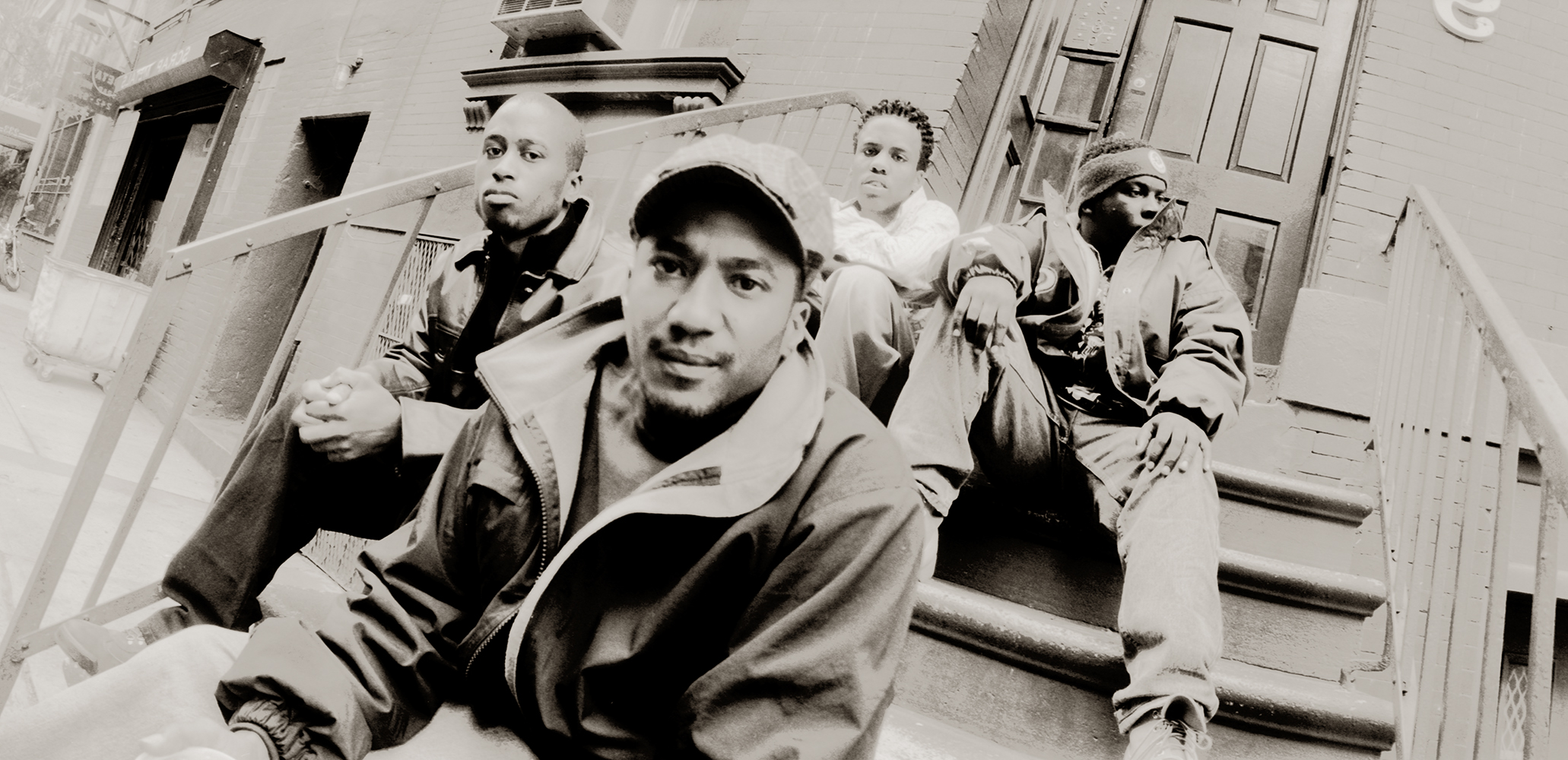
His breakthrough came in 1992, with an assignment to shoot House of Pain for The Source. “They were in all the radio stations, on MTV…House of Pain was the shit right there, you know? And I was like, ‘How much are you going to pay me?’ ’60 dollars.’ ‘Fuck yeah! 60 dollars!’”
“I was able to define a look and a feel for what I describe as the visualization of hip-hop.”
In all his years a photographer, Hastings has never had an agent; just as he taught himself perspective, composition, and exposure, he learned the business on the fly, too, negotiating rates, rights, and drumming up new business. Editorial spreads turned into commercial album cover shoots — his first major one was KRS-One’s 1993 LP Return of the Boom Bap — and before the bottom dropped out of the music industry, he saw his rates soar.
The distinctive style he developed owed more to his perspective than any particular aesthetic; there were certainly other photographers cross-processing wide-angle portraits of rappers in the 90s, but none captured the spirit of New York hip-hop quite like Hastings did. More than just a fan, he lived it. Hip-hop’s adolescence was his own.
“Hip-hop was redefining itself, in terms of not just being this party music anymore,” Hastings recalls. “People had socially conscious messages, revolutionary messages, things that would make you think. Coming here and centralizing myself in New York City, I was like, ‘I’m down with this.’ And very quickly, I was able to define a look and a feel for what I describe as the visualization of hip-hop.”
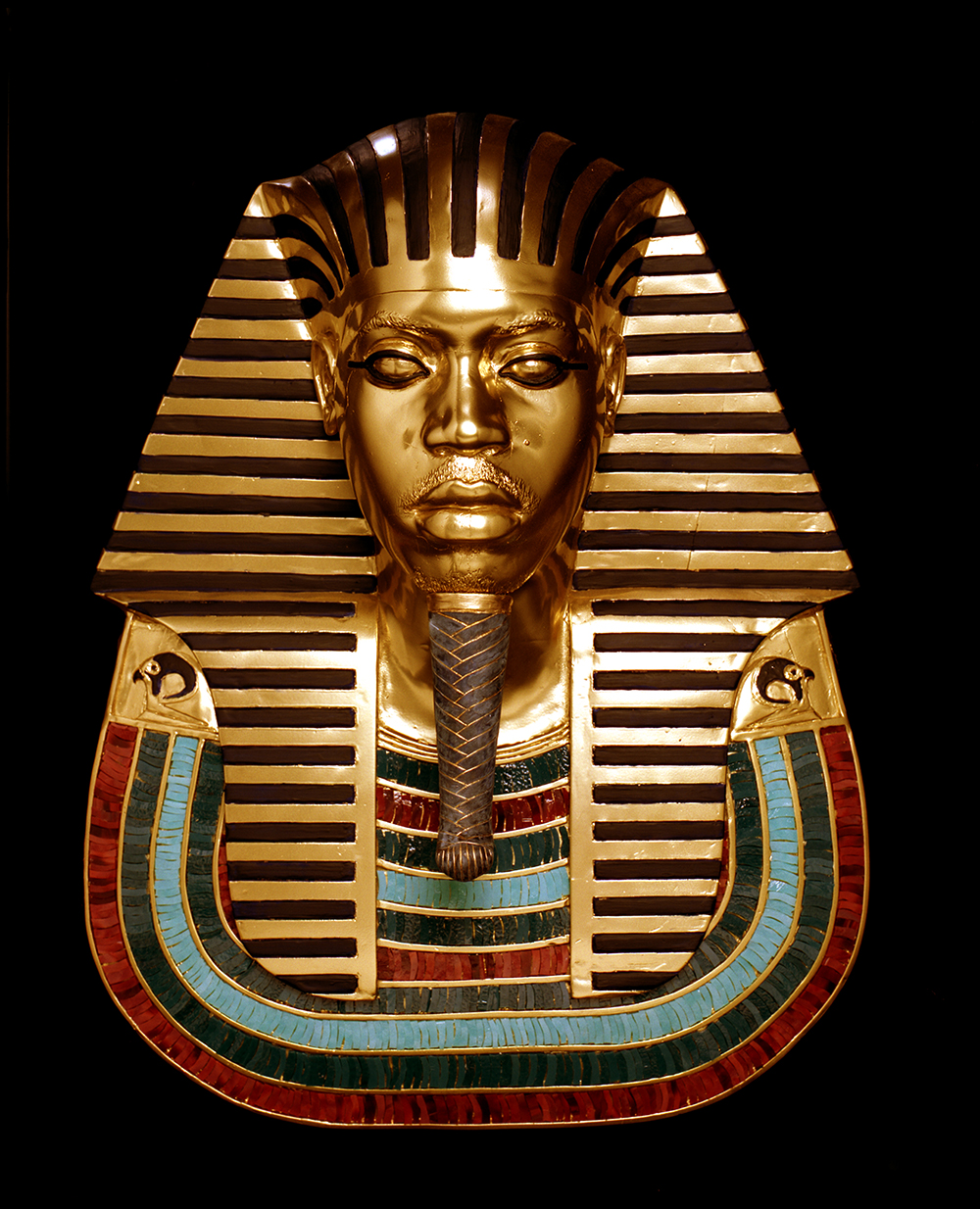
That vision was often gritty, its subjects cast in shadow — apt representation for the sounds coming out of New York in the 90s, from DJ Premier’s crunchy boom-bap to Nas’ megalomaniacal mafioso raps. His experience as a printer would come to inform the way he approached image-making: cross-processing film, dodging and burning, and experimenting in the darkroom. When I visit him at his Manhattan studio and look over prints of his work, I notice one with a texture like an old painting that’s dried out and is starting to crack. He tells me he got the effect by layering a piece of lens cleaning tissue atop the negative when making the print.
“I have to pass the torch, especially to photographers of color.”
Hastings is not at all shy about sharing his secrets — he regularly posts the back stories of some of his most recognizable work on social media, replete with lighting schemes, equipment, and exposure information. He shows his failures alongside his successes (like the botched first shoot for Big Pun’s Capital Punishment), totally unconcerned with whether or not anyone will bite his style.
“If you’re a true artist, what you create, no one else can create,” he says. “If you’re a painter you might hold the brush a different way, you might compose a different way…everybody has a unique style. It’s like a fingerprint on your work.”
His group show in Los Angeles showcases his iconic work with musicians in the 90s, but he doesn’t work with the major labels much these days. Not only are the fees a fraction of what they once were, but the labels typically insist on retaining copyright, and homie does not play that. Some corners of the industry are still willing to play ball — he’s been embraced by Latino artists like Prince Royce and Gerardo Ortiz — and he’s diversified, making videos and even starting the Official Latino Short Film Festival to help create opportunities for young filmmakers.
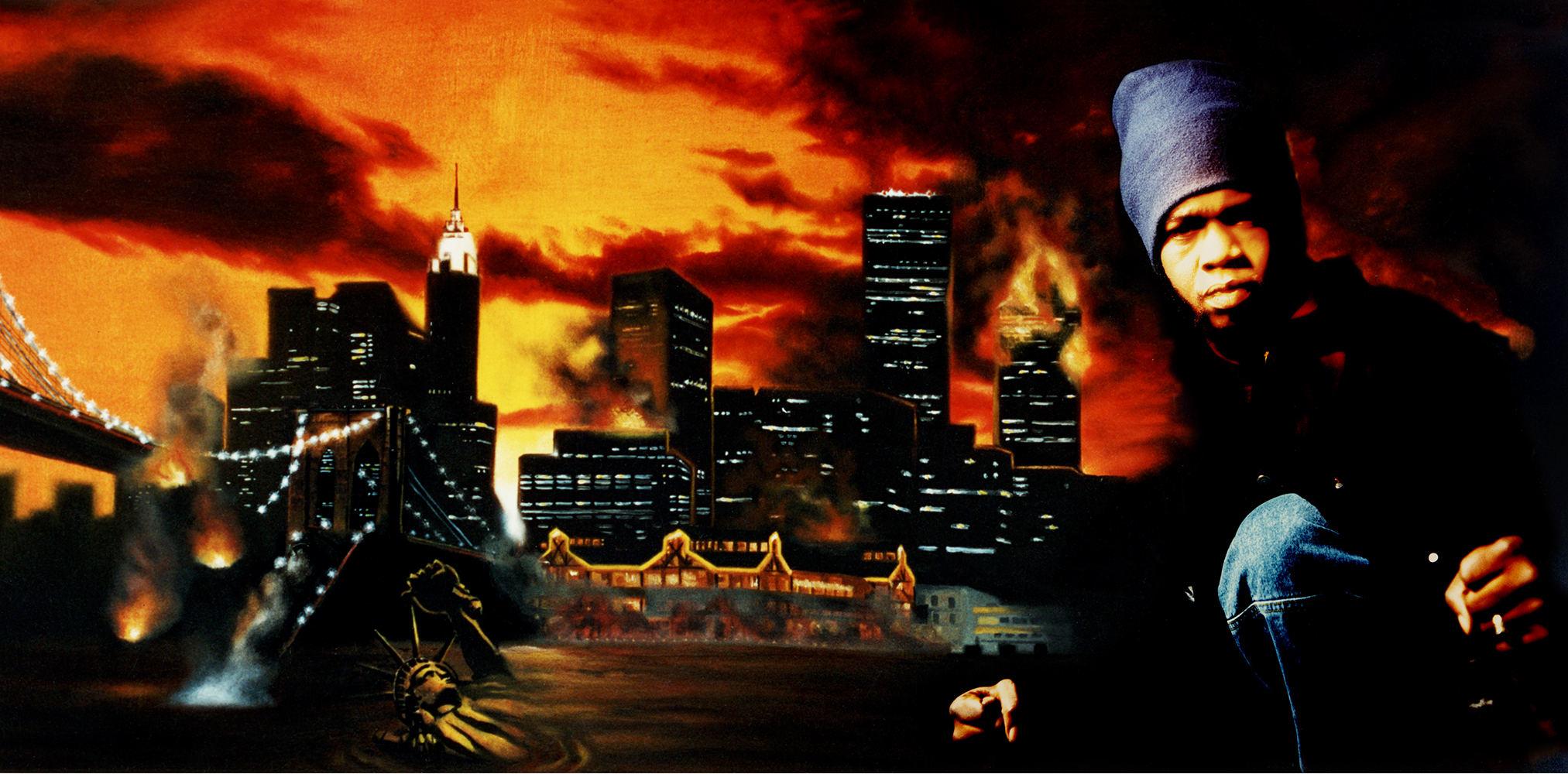
Hastings’ particular path to success might not exist anymore, but he clearly has plenty to offer young people, and it’s not lost on him. He’s spent a lifetime accumulating knowledge and experience, and he’s ready to pass it on.
“I have to pass the torch, especially to photographers of color,” he says. “A lot of us come to this art form and we don’t have the luxury to go to a four-year school for this. By sharing this with a younger photographer, I’m going to inspire them to do better for himself or herself. I’m close to 50 — I want to teach.”
Ruff, Rugged and Raw takes place on Saturday, September 9, 2017 from 7 p.m. to 11 p.m. at Los Angeles’ Art Share LA. For more information and to RSVP, head over to the Art Share LA website.



